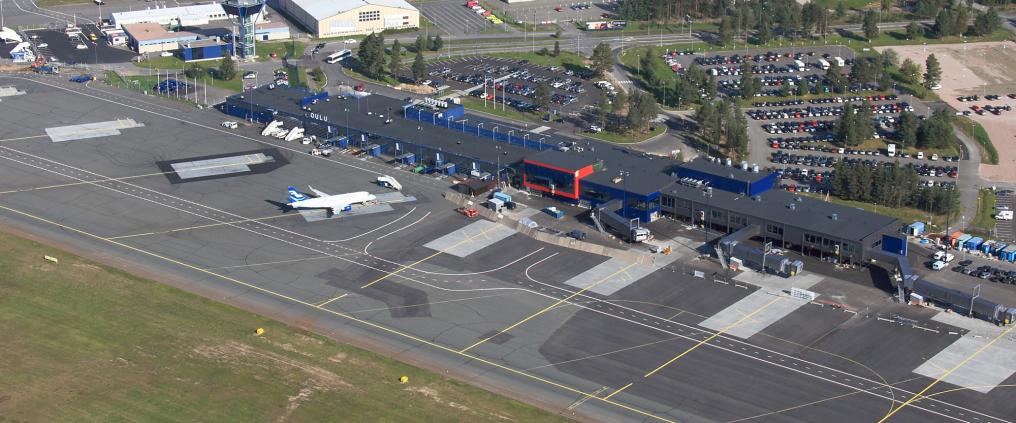The bird paradise at Liminka Bay and Oulu Airport have enjoyed a close coexistence. It is very telling that a bird even became attracted to an aeroplane once:
“In the last century, a red-throated diver used to live in the vicinity of the airport. This water bird was attracted to a certain type of aircraft. Every time a plane of this type was at the airport, the bird showed up and escorted it on its way”, says Liisa Sallinen, the Manager of Oulu Airport.
“Captains and air traffic controllers got used to the bird’s presence and learned to expect its appearance. When the bird finally disappeared, people were stunned”.
Sallinen says that captains would call air traffic control and ask about their friend. They had come to miss the bird they knew so well.
Liminka Bay is a resting place for migratory birds
Almost a million passengers pass through Oulu Airport every year. It is the second busiest airport in Finland behind Helsinki Airport, with both business travellers and holiday-makers making their way through it. Some vacationers rent a car and continue their trip to areas surrounding Oulu. Popular destinations include Kalajoki, Kemi, Kuusamo and Syöte, for instance.
Another hub for take-offs and landings lies a stone’s throw away from the airport: the Liminka Bay wetland.
It is a resting place for tens of thousands of migratory birds and a nesting place for dozens of rare birds, as well as a dream attraction for Finnish and foreign bird spotters.
Peaceful co-existence
The Liminka Bay Visitor Centre is located in Liminka, 25 kilometres from the airport.
Both Customer Service Advisor Silva Sallamaa from the Visitor Centre and Deputy Manager at air traffic control Petri Kemppainen describe the co-existence between the airport and the bird paradise as being surprisingly straightforward.
“The vicinity of the airport is important for us. Thanks to good flight connections, bird spotters from around the world can get here without a hitch”, Sallamaa says.
“The birds don’t seem to mind: apparently the planes are flying at such a high altitude here”, Sallamaa ponders.
Luckily it is quite rare for birds to end up in aeroplane engines. The risk is at its highest during take-off and landing, when the aircraft fly at the same altitudes as birds.
For safety reasons, airports cannot allow large flocks of birds to gather near the airport. It is especially important to keep away large birds, such as seagulls and Canadian geese.
A peaceful coexistence is guaranteed by careful preventive work.
Making the airport area uninviting to birds
To keep birds away, the airport area is made as uninviting and unpleasant to the birds as possible.
This is ensured by the maintenance crew, who make sure birds can't find any food or water at the airport.
An effort is made to prevent the formation of pools of water in the area of the airport, and the grass must always be about 10 cm high, any shorter would invite the birds to land and any longer would make it ideal for nesting.
Air traffic control monitors the airspace, and a bird patrol from airport maintenance drives around inspecting the area.
If birds show up at the airport despite all these measures, the bird patrol drives them away by making intense noise. Their elimination is the very last resort.
“During the spring and autumn migration of birds, the Finnish Meteorological Institutes provides us with migration forecasts: species, routes, altitudes and numbers”, Kemppainen adds.



